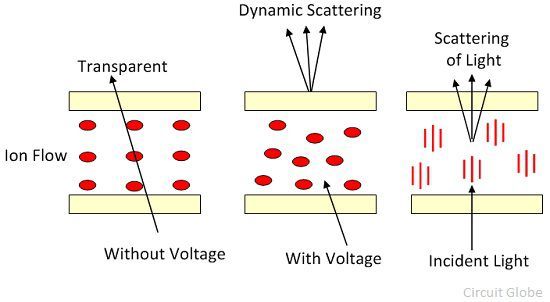

Each group has equal distance to the origin and respects C 4 rotational symmetry to the k z axis. The convolution between diffraction components of the two patterns, which is manifested geometrically as their vectorial summation, produces two groups of moiré impulses (yellow and blue stars), indexed by the diffraction orders of the two constituent frequency spectra. 2A) are dominant in the frequency spectrum. The four second-order diffraction components marked by red square dots (pattern 1) and green triangular dots (pattern 2) lying on the square grid of the reciprocal lattice ( Fig. Figure 2A illustrates the frequency spectra and their convolution for the two chessboard patterns ( p4 m plane symmetry group) in the k-space. Our moiré metasurface do not have such restrictions, making it more compact in size and more robust in practical applications.Īs the superposition of two binary images involves multiplication operation, it is instructive to investigate the formation of the moiré pattern in the reciprocal space (Materials and Methods). In addition, the interlayer spacing in those designs must be kept large enough to minimize interlayer coupling, and all layers must be perfectly aligned to guarantee the combined phase profiles. In those design, the phase profiles, or functions, of each individual layer must be designed separately to allow the overall function as the simple combination of the function of individual layers. However, we should remark that our moiré metasurface is very different from the multiple stacked metasurfaces ( 49– 51) and the variforcal metalens doublet designs ( 52– 56). Moiré effect has been recently introduced to metasurfaces for the purpose of investigating unusual dispersion properties and band structure ( 46, 47) and interpreting the beam steering mechanism for the variant of leaky-wave antenna designs ( 48). The superposed moiré pattern varies as a function of the twist angle, enabling continuously beam scanning in the reflection side, as schematically illustrated in Fig. Instead of controlling the voltage across each individual unit cell, we stack two mutually twisted metasurfaces together to produce a moiré pattern, which interacts with the metallic back plate to reconfigure the surface current distribution for engineering the far-field radiation.

In this work, we propose a new mechanism for reaching dynamic beamforming through two mutually twisted metasurfaces. Our work opens previously unexplored directions for synthesizing far-field scattering through the direct contact of mutually twisted metallic patterns with different plane symmetry groups. We demonstrate experimentally that the direction of the radiated beams can continuously sweep over the entire reflection space along predesigned trajectories by simply adjusting the twist angle and the overall orientation.

The superposition of two high-spatial-frequency patterns produces a low-spatial-frequency moiré pattern through the moiré effect, which provides the surface impedance profiles to generate desired radiation patterns. Here, we introduce an entirely different approach-moiré metasurfaces-to implement dynamic beamforming through mutual twists of two closely stacked metasurfaces. However, the excessive use of active components (e.g., pin diodes and varactor diodes) leads to high costs, especially for those operating at millimeter-wave frequencies, impeding their large-scale deployments in RIS. Viscosity measurement of samples through the use of tracer particles, ranging from 0.Recent advances in digitally programmable metamaterials have accelerated the development of reconfigurable intelligent surfaces (RIS).Static Light Scattering (SLS) to determine weight-average molecular weight (Mw) and second virial coefficient A2 (B22) and diffusion interaction parameter k D.Phase Analysis Light Scattering (PALS) for average zeta potential and zeta potential distribution measurements in a wide variety of samples such as with low electrophoretic mobility at high salt concentrations.Dynamic Light Scattering (DLS) with top-end components, such as solid state laser source, APD detector and multiple detection angles (12°, 90° & 173°), for highly sensitive measurements of particle size distribution (hydrodynamic diameter) and polydispersity index in low and high concentration samples.


 0 kommentar(er)
0 kommentar(er)
